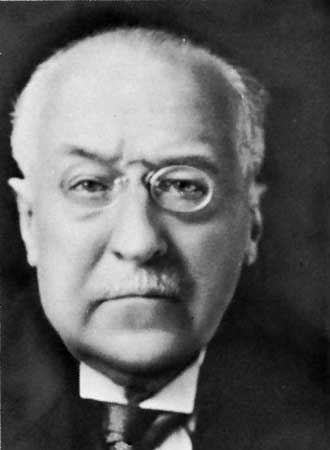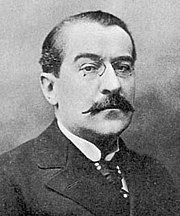Nationality French Role Mathematician | Doctoral advisor Gaston Darboux Name Emile Picard Notable awards Royal Society | |
 | ||
Born 24 July 1856Paris, France ( 1856-07-24 ) Alma mater Ecole Normale Superieure Doctoral students Sergei BernsteinLucien BlondelGheorghe CalugareanuPaul DubreilJacques HadamardGaston JuliaTraian LalescuPhilippe Le CorbeillerPaul PainleveMihailo PetrovicSimion StoilowErnest VessiotHenri VillatAndre WeilStanislaw Zaremba Known for Picard functorPicard groupPicard theoremPicard varietyPicard–Lefschetz formulaPicard–Lindelof theoremPainleve transcendents Books La Science Moderne Et Son Etat Actuel - Scholar\'s Choice Edition Similar People | ||
Education Ecole Normale Superieure | ||
mile picard
Charles Émile Picard ForMemRS ([ʃaʁl emil pikaʁ]; 24 July 1856 – 11 December 1941) was a French mathematician. He was elected the fifteenth member to occupy seat 1 of the Académie française in 1924.
Contents
Biography
Picard's mathematical papers, textbooks, and many popular writings exhibit an extraordinary range of interests, as well as an impressive mastery of the mathematics of his time. Modern students of complex variables are probably familiar with two of his named theorems. Picard's little theorem states that every nonconstant entire function takes every value in the complex plane, with perhaps one exception. Picard's great theorem states that an analytic function with an essential singularity takes every value infinitely often, with perhaps one exception, in any neighborhood of the singularity. He made important contributions in the theory of differential equations, including work on Picard–Vessiot theory, Painlevé transcendents and his introduction of a kind of symmetry group for a linear differential equation. He also introduced the Picard group in the theory of algebraic surfaces, which describes the classes of algebraic curves on the surface modulo linear equivalence. In connection with his work on function theory, he was one of the first mathematicians to use the emerging ideas of algebraic topology.

In addition to his theoretical work, Picard made contributions to applied mathematics, including the theories of telegraphy and elasticity. His collected papers run to four volumes.
Like his contemporary, Henri Poincaré, Picard was much concerned with the training of mathematics, physics, and engineering students. He wrote a classic textbook on analysis and one of the first textbooks on the theory of relativity. Picard's popular writings include biographies of many leading French mathematicians, including his father in law, Charles Hermite.
